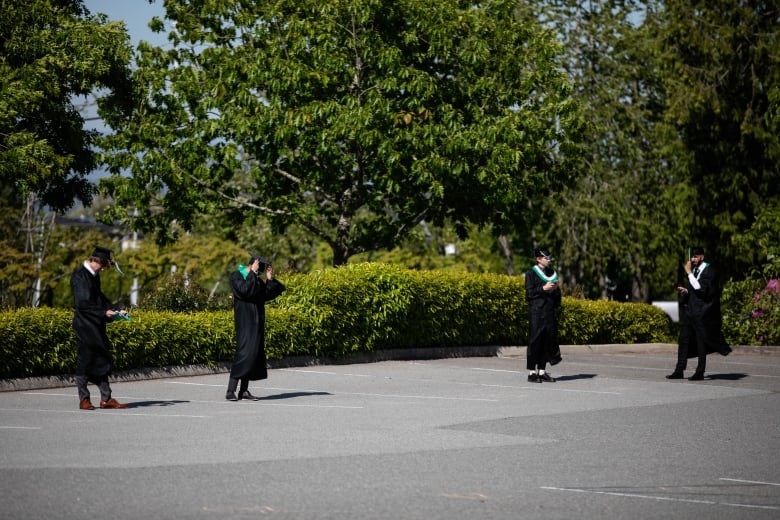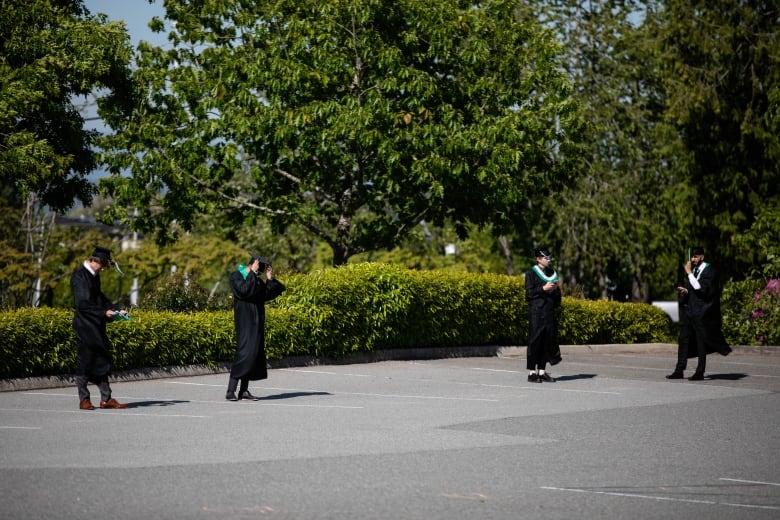Some provinces have released plans on how they aim to allow students to return to the classroom in September, but those school boards continuing with partial or fully virtual learning need to ensure measures are in place to protect students’ privacy and safety, a cybersecurity expert says.

As most parts of Canada are gradually reopening their economies following months of lockdown due to the COVID-19 pandemic, some provinces — including Ontario, Manitoba, Alberta and New Brunswick — have released plans on how they aim to allow students to return to the classroom in September.
But those school boards continuing with partial or fully virtual learning need to ensure measures are in place to protect students’ privacy and safety when using video-conferencing platforms for online classes, a cybersecurity expert says.
“It’s understandable that people want to get classes up and going during a pandemic,” said Rebecca Herold, a data security and privacy expert based in Des Moines, Iowa. “But they need to think it through first and establish the guardrails around how those online classes are going to actually occur.”
School boards across the country have been using a variety of software programs for online learning during the pandemic.
Schools in Surrey, B.C., and Alberta, for example, use Microsoft Teams, while those in Toronto have been using Google Classroom and Brightspace, which is available through an agreement with Ontario’s Ministry of Education. The school board in Peel Region, northwest of Toronto, offers both Microsoft Teams and Google Meet, said Luke Mahoney, the board’s co-ordinating principal of modern learning.
Meanwhile, British Columbia’s Ministry of Education offers a province-wide Zoom licence for school boards.

Some of the programs were already in place in most school boards before the pandemic hit. But their use became more widespread after schools shut down and offered online learning to ensure physical distancing.
Regardless of the software that school boards decide to use, Herold said, schools should invest some time and effort to ensure that every student is set up with the appropriate program or app.
A grab bag of choices for schools
Schools within the Winnipeg School Division, for example, use GoGuardian, a software that allows schools to easily manage students’ devices.
Radean Carter, a spokesperson for the school division, said the software helps filter and monitor students’ online activity. GoGuardian uses security technologies such as HTTPS and allows school administrations to block some websites.
Winnipeg schools also use Google’s G Suite for Education — which includes Gmail, Google Docs, Google Meet and Google Classr

